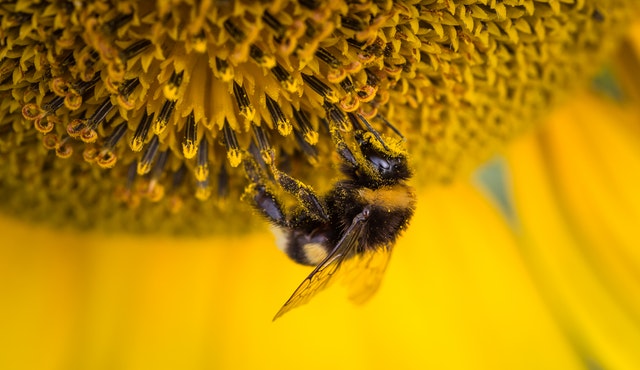ELEMENTS OF PROPOLIS
Ionic Fluids and Cellulose
Cao and his associates prepared to make use of an ionic fluid to launch the phenolic substances from the propolis. The phenolic contents would indeed be started from this absorbing product for evaluation by LC-MS.
Cao and also his associates started by evaluating a selection of various ionic fluids, discovering that containing a bromine anion as well as a methyl imidazolium cation making up a chain of 12 carbon atoms verified most reliable at launching phenolic substances from propolis. This was possibly because of a mix of the bromine anion connecting profoundly with the phenolic contents and the lengthy carbon chains advertising the development of micelles in the ionic fluid service. They likewise utilized ultrasound to improve the launch of the phenolic substances.
After choosing an ionic fluid, Cao, as well as his associates after that, evaluated different absorptive products, consisting of silica, mesoporous carbon, carbon nanotubes, and also microcrystalline cellulose (MCC). They located that MCC was best at soaking up the phenolic substances, most likely because of a mix of extremely porous, huge family member areas and plentiful hydroxyl teams for developing hydrogen bonds with the phenolic contents. They examined numerous natural solvents for launching phenolic substances from the MCC, discovering that ethyl acetate was reliable.
Various Areas, Various Times
Utilizing this technique, Cao and also his coworkers had the ability to remove 20 phenolic substances from 3 various propolis examples; all 20 of these substances can, after that, be unambiguously determined by LC-MS. Examining 3 of these substances in even more information-- pinocembrin, galangin and chrysin-- they validated that the removal technique can recuperate 85-- 98% of the elements focus on being identified precisely by LC-MS. Surprisingly, this disclosed that the focus of these three substances differed rather commonly in between the three propolis examples, most likely mirroring the truth they were gotten from various areas at various times.
As hoped, this removal approach was not just a lot more efficient than existing variations, permitting the phenolic substances to be spotted at reduced focus, yet was additionally much faster-- taking only one min-- as well as additionally greener. It still utilized a natural solvent; the quantity decreased considerably, with merely 0.1 mL of ethyl acetate needed to launch the phenolic substances from the MCC.
